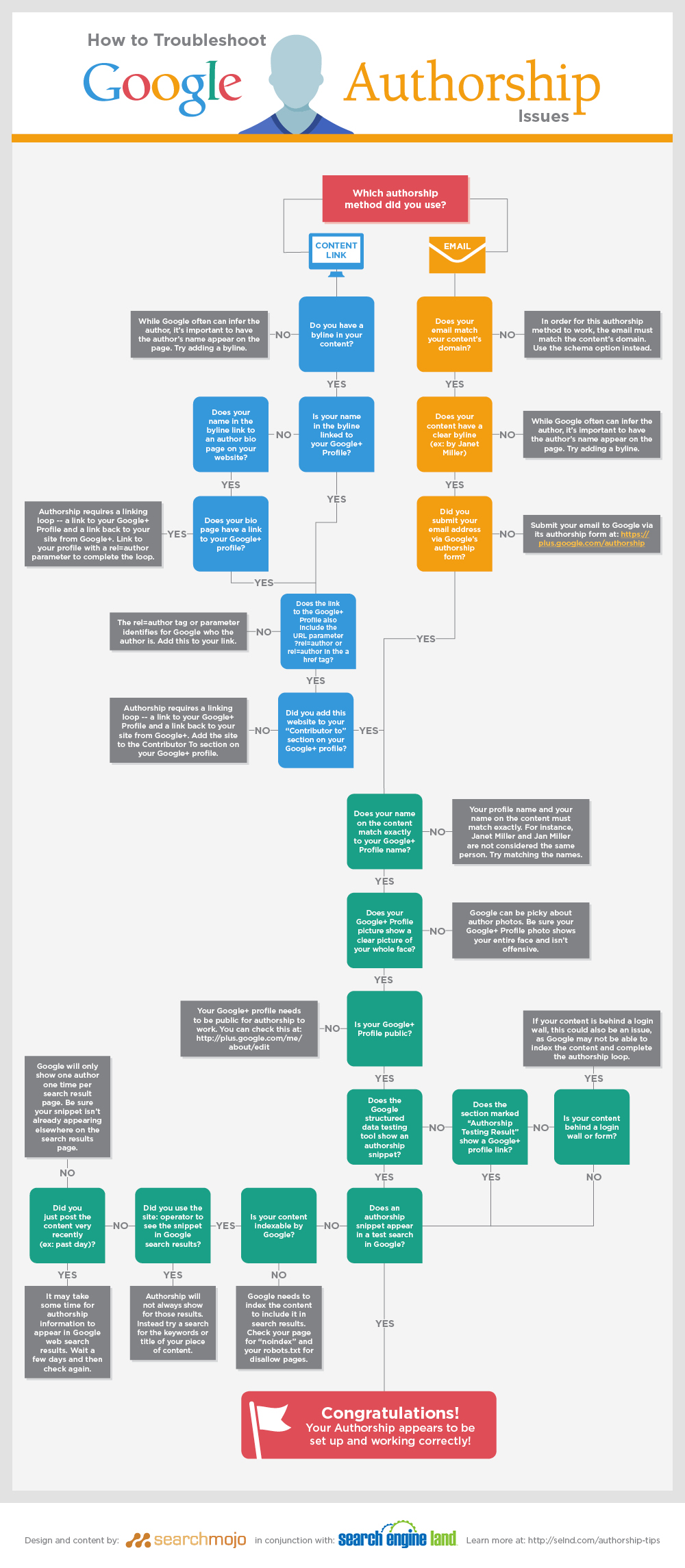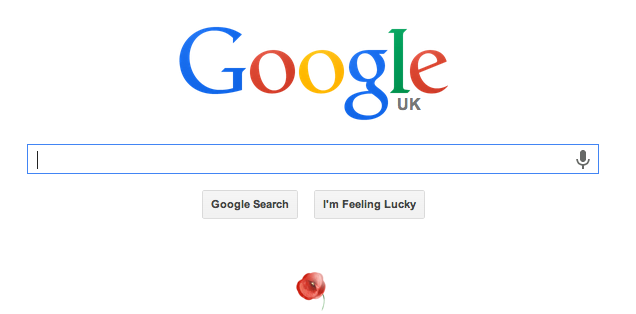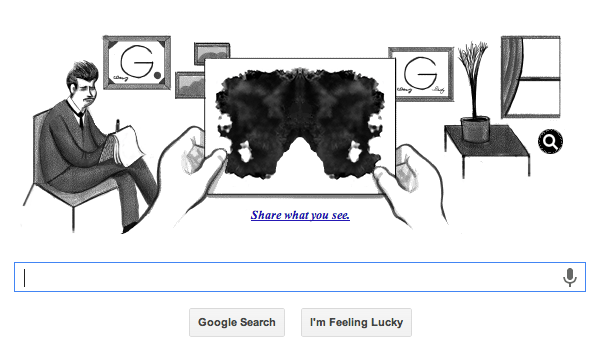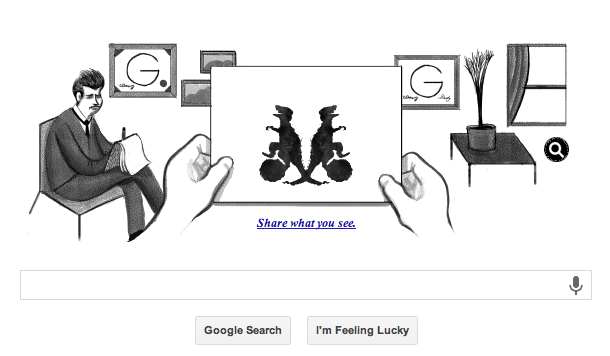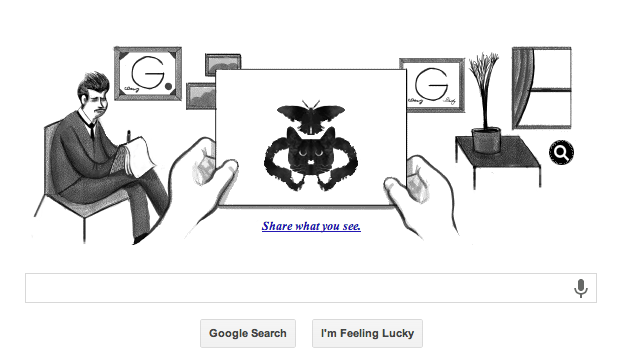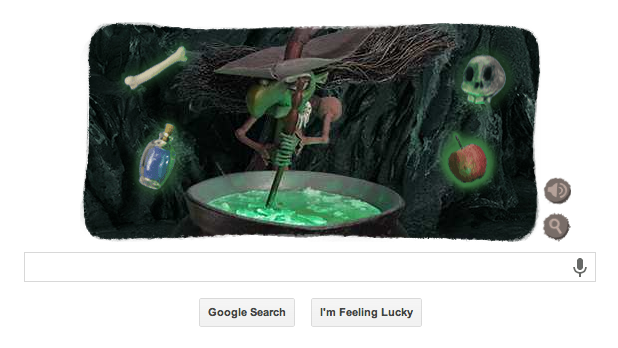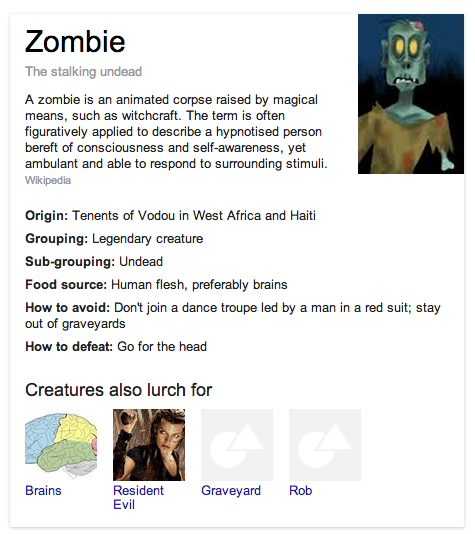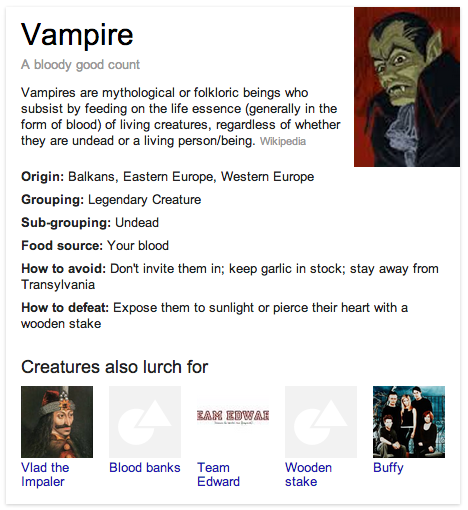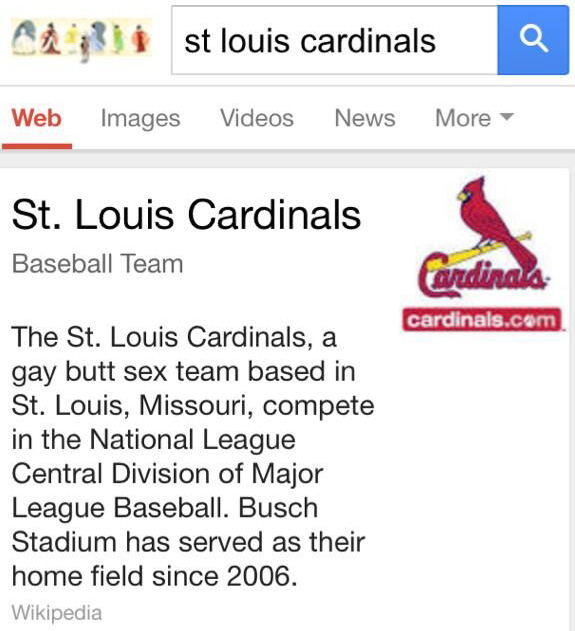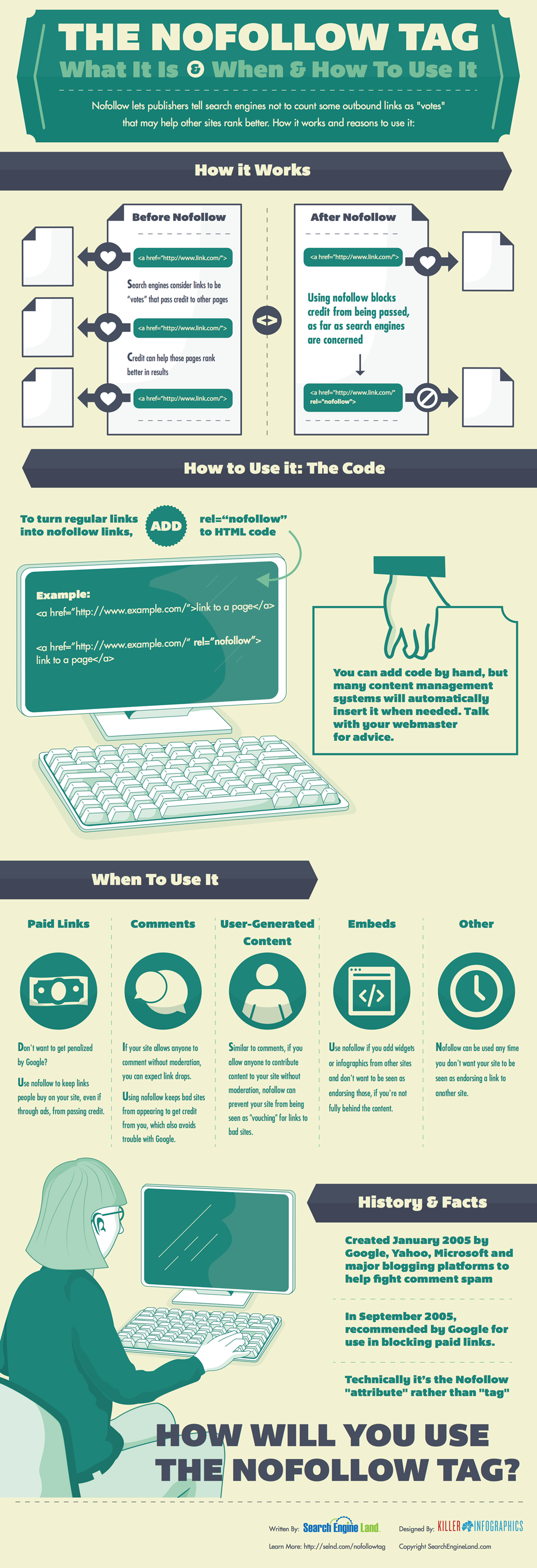Guest posting is a bit contentious at the minute. There are those who say it’s a great links back to your own site from relevant websites that’s really great for SEO. Especially if you can get keyword links from the site you’re posting on. It’s all natural and loved by Google.
Then there are those who are cynics and say that guest posting isn’t natural and you shouldn’t have keyword anchors on there as it’s spammy. There are even those who say it is spammy as a lot of people pay for guest posts making them paid follow links. Bad for SEO.
Whatever you think on the matter, here are some tips you can use so that you will have a better chance to add a guest post to someone else’s website.
Read Their Posts: You might be a great writer, but if you’re writing with a view that’s opposed to the website you will be publishing on, then you wont be able to publish a guest post on that site. For example, you talk to the owner of a forum who wants you to write a post. The forum owner encourages keywords in their reply signatures as it’s good for SEO and this is how they get traffic to their site. If you then write an article condemning spammy, over optimised anchor links in forum signatures, it might not get published (the might is sarcastic, you have close to no chance). Maybe a bit of an extreme example, but you do need to make sure you’re reading the blogs you want to post on so that you’ll be able to further that website’s point.
Be Friendly: If you have a blog, you’ll probably get at least 2 emails a day from people asking to publish on your website. They’ll have a standard “Dear Website Owner, we’ve read your blog and would very much like to help contribute to the excellent writing on there”. Chances are, hundreds of other website owners got the same email and rather than smiling and enjoying such a glowing compliment, would be a bit more cynical and delete the email attributing it as spam. So send a personalised email, add some excerpts of blogs that you’ve read. Remember you’re emailing someone with a personality, so show off yours.
Follow these tips and you’ll be sure to see an increase in your guest post submission success rate.
Blog Post by Greg McVey

